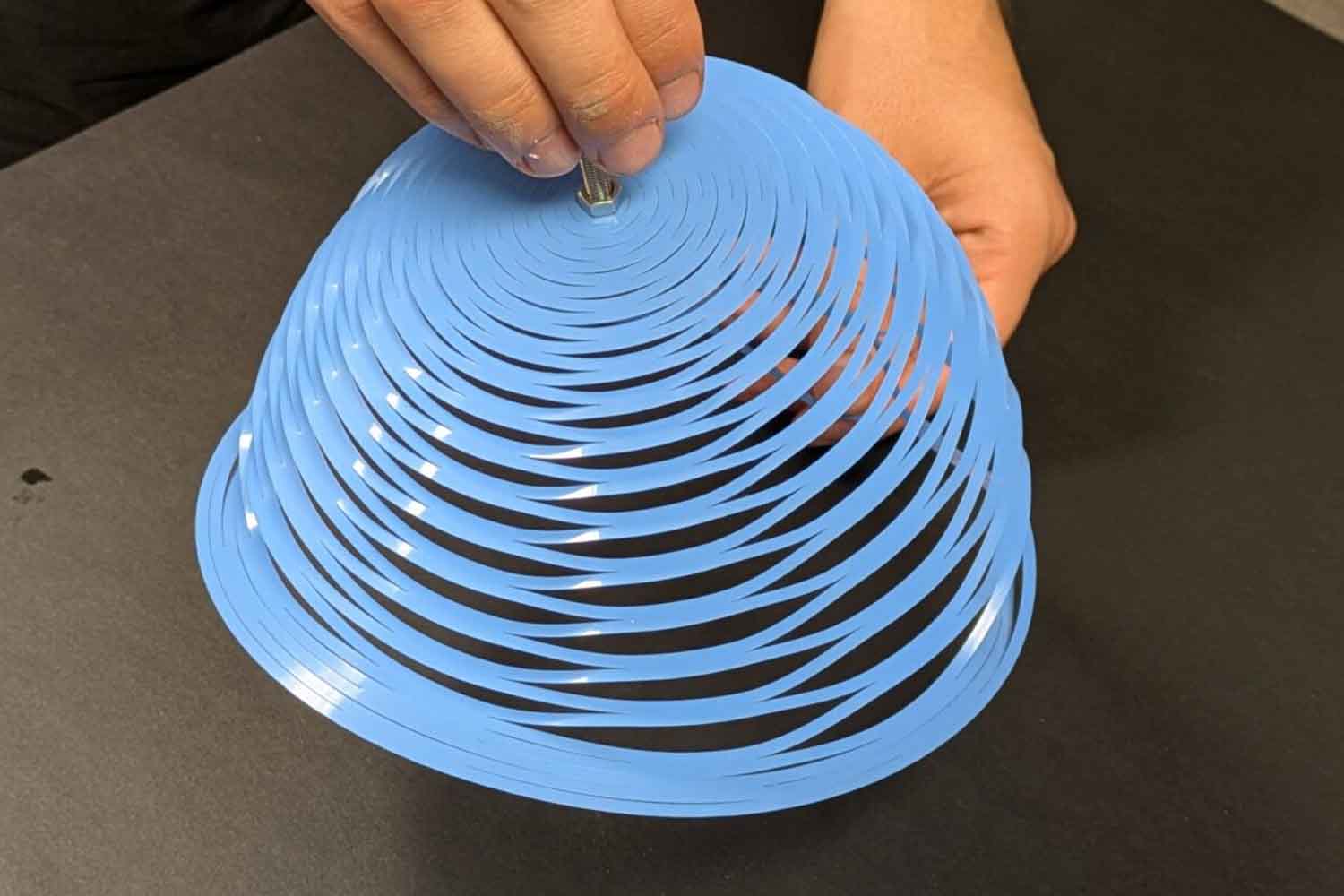Researchers inspired by Japanese kirigami have created parachutes that are lighter, cheaper, and incredibly precise—ideal for aid drops, rescue missions, and even space exploration.

©Martin Primeau
A team of researchers has rewritten the rules of parachute aerodynamics, taking inspiration from kirigami, the ancient Japanese art of paper cutting. The result is a system that is lightweight, inexpensive, and astonishingly precise—a design that could transform humanitarian aid, rescue operations, and even space exploration.
Parachutes that don’t drift with the wind
Parachutes have always been lifesaving tools, but they share one stubborn flaw: once released, they’re at the mercy of the wind, making precision landings notoriously difficult. Now, researchers from Polytechnique Montréal and École Polytechnique in France have found a way around the problem. By borrowing principles from kirigami, they discovered how to guide descent with a level of control previously thought impossible.
Instead of tinkering with the traditional canopy, the team took a radical detour. They cut patterns into simple Mylar discs, each weighing just 0.16 ounces (4.5 grams), using three different kirigami designs. With a small weight attached at the center, each disc was dropped from about 6 feet (1.8 meters) to observe how it behaved.
The results were eye-opening. Discs with no cuts, or too many concentric cuts, wobbled unpredictably. But the disc with a clean, simple kirigami pattern reshaped itself into a bell-like form and fell straight down with remarkable stability. As co-author David Mélançon explained:
“One of the main advantages is that the parachute stabilizes immediately and doesn’t spin, no matter the release angle.”
Precision put to the test
Armed with this discovery, the team pushed the idea further. They tested the kirigami parachutes in wind tunnels, labs, and outdoor drone drops. The performance held up, matching that of traditional parachutes while landing with far greater accuracy.
In a decisive experiment, three models were compared: an unstable design A, a stable design B with kirigami cuts, and a conventional parachute. Dropped from 55 feet (16.6 meters) at release angles of 0°, 45°, and 90°, only design B consistently landed within about 3 feet (1 meter) of the target. The evidence was clear: kirigami drastically reduced drift while boosting ballistic precision.
To test scalability, the researchers built a half-meter-wide (1.6 feet) parachute, attached it to a full water bottle, and dropped it from nearly 200 feet (60 meters) using a drone. Once again, the parachute stabilized almost instantly, though it descended faster than traditional models—a trade-off the team is now working to refine.
Cheap, simple, and endlessly adaptable
The potential applications are obvious. For humanitarian aid, the ability to deliver water, food, and medicine with pinpoint accuracy could be game-changing. Production costs are also low. As Mélançon noted:
“Our prototype is made with a laser cutter, but the same effect can be achieved with a die press. The parachute is seamless and attaches to the payload with just one suspension line, making it simple to use and distribute.”
But the researchers aren’t stopping there. They’re exploring elastic membranes to increase drag, experimenting with asymmetric designs that can program descent paths, and even working toward “smart” parachutes that could glide, spiral, or split payloads mid-air. As Mélançon put it:
“We want to modify the patterns to create more complex trajectories—spirals, glides, or differentiated descents to separate loads during the fall. It’s a new design paradigm that opens limitless possibilities.”
Abstract:
Meta description:
Source: Nature
